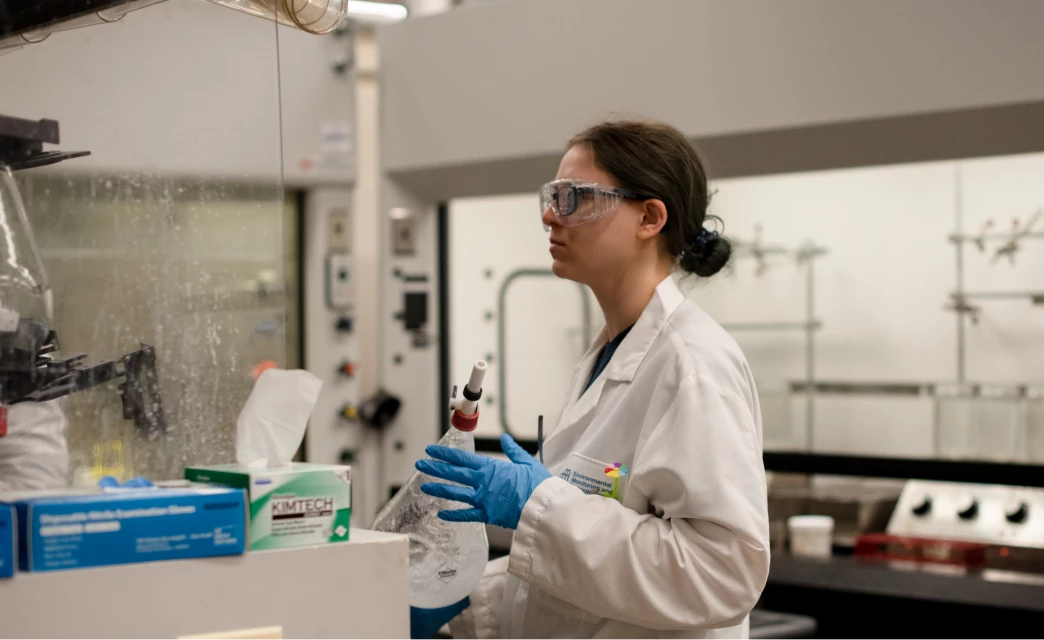Available whenever you
need us, with year-round
24/7 testing
Never worry about your project deadlines thanks to our commitment to round-the-clock testing. We offer sample pick-up and delivery services to your project site, 365 days a year. Whether you need emergency testing or standard turnaround times, we are here to support you.
